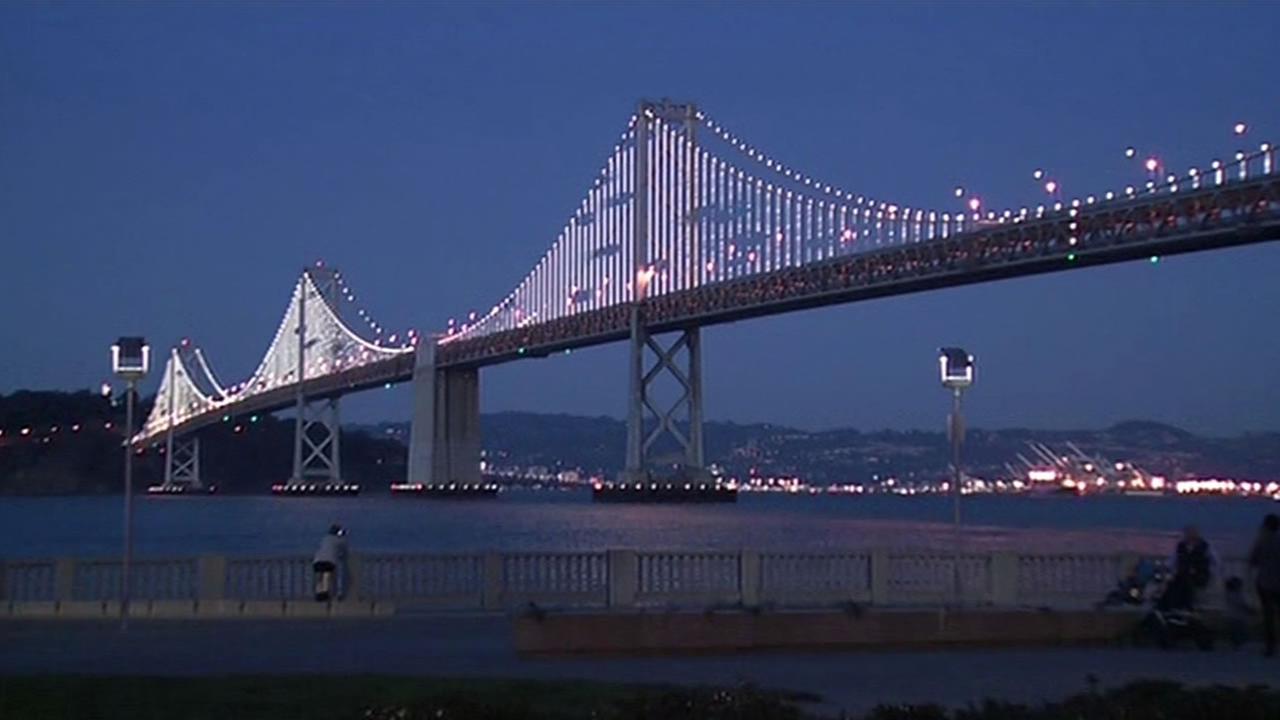This week, Christine Stegling, who leads the International HIV/AIDS Alliance, came to the Bay Area. We met local community, political and business leaders. We are exploring whether the growing influence of employee LGBT affinity groups, often called PRIDE networks, can be mobilize more support for the Alliance’s Rapid Response Fund (RFF), set up three years ago with the US and the Elton John Foundation. The RFF provides immediate emergency small grant funding for LGBT individuals in hostile situations, whether from governments, families or communities. The small grants budget has issued 180 grants in 20 countries, and directly impacted 20,000 people. One telling example is of a young gay Ugandan refugee, who, with his son, was harassed in a refugee camp in Malawi. The Alliance helped him evacuate, and he has now finally obtained asylum in Canada.
Which brings us to the saga of that wall. Christine and I were unable to follow much of the politics in DC, thank God. I had rented an underwhelming Toyota Prius Prime, and I could barely understand how to release the brake, let alone connect to our local national public radio station, KQED.
So, we chatted and squinted outside through the unseasonal heavy rain, as we plodded through traffic over the Bay Bridge between Oakland and San Francisco. Depending on your point of view, the Bay Bridge either connects or divides two very different communities. More on that in a moment.
One comes to the Bay Area and immediately thinks of the iconic Golden Gate Bridge. Yet, the Bay Bridge is by far the grander and more widely used. It is actually two different bridges. Both are stunning, and both built in eras when publicly-funded projects were embraced.
From San Francisco you embark upon the western span, a two-level suspension bridge, opened in 1936 (six months before the Golden Gate). It connects to the Yerba Buena and Treasure islands (where the Navy used to store its submarines’ nuclear missiles. Treasure Island houses ghostly abandoned naval facilities – an urban myth says it is still radioactive and contaminated from old chemical weapons. It also home to a couple of wineries. I know, right?!). At night, you can see “the Bay Lights,” an art installation of 25,000 LEDs permanently placed on the suspension bridge’s cables. The lights are connected to a computer which produces a constantly changing and random pattern. If you have a cocktail in San Francisco’s Embarcadero, the view is stunning.
Exiting a tunnel through Yerba Buena island, you are presented with a majestic feat of engineering. A single, tall suspension tower presides over the widest bridge in the world leading to a causeway extending onto the coast of Oakland. It opened in 2013, to replace an older two-level bridge. During the 1989 Loma Prieta earthquake, a section of the old upper deck had collapsed onto the lower deck. There was much controversy during the new span’s design and construction, with significant overruns in time and cost. Unlike many federal projects which are “Made in America”, parts came from China, Japan and even Great Britain (which produced the “suspender saddles,” which sound like the kind of things Julian Hows would say can be purchased in specialist East London shops for discerning customers). There were also problems with the bolts connecting the bridge to the columns holding it up. Some were overtightened on installation and could thus not be replaced. Imagine the usual Ikea conundrum but on a monumental scale.
One warm evening a year or so after the new span opened, (yes Christine, it is not always raining in the Bay Area), Jirair Ratevosian and I drove his open-top Jeep across the bridge, with the lighted tower above us. My arms waving above me into the lighted sky, I will never forget the awe and joy of this experience.
It is unsatisfying to dismiss the bridge as a boundary between two starkly different AIDS epidemics. San Francisco is one of the most affluent cities in the world. The San Francisco AIDS Foundation, among other services, has a beautiful, calming drop-in center in the Castro called STRUT that provides HIV prevention, testing and care in a serene setting. It is really beginning to find its feet. Meanwhile, the Tenderloin district is home to some of the most vulnerable and marginalized. Basic services that are urgently needed by its residents are provided by a network of non-profit agencies, particularly the San Francisco Community Health Center. Oakland’s refined Montclair district and groovy downtown should not detract you from the racial disparity, poverty and basic health needs of East and West Oakland. I am privileged to serve on the board of the Californian Prostitutes Education Project, who along with East Bay AIDS Project, WORLD and others, provide amazing services to people of color, regardless of gender, sexuality, or ability to pay.
All of these wonderful agencies, and the passionate people who dedicate their lives to serve them, give a profound sense of what can be done. And the direction be to taken. Which is more than can be said of my driving. Just ask Christine.

